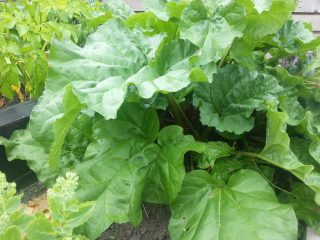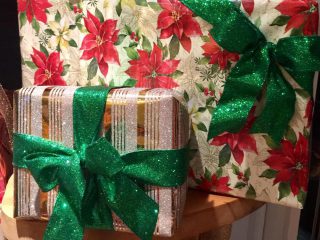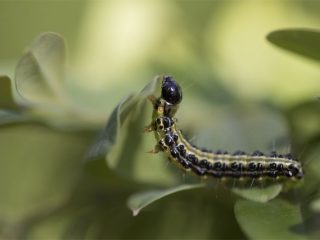Marvellous Machair
Monday, 19 August 2024
We had a stunning trip to the Outer Hebrides this summer and fell in love with the landscape there – the mountains, moorlands and the sweeping sandy beaches. The one part we knew less about before we went though was the machair which was so stunning and so important. So we thought we’d blog about the marvellous machair and spread the word…
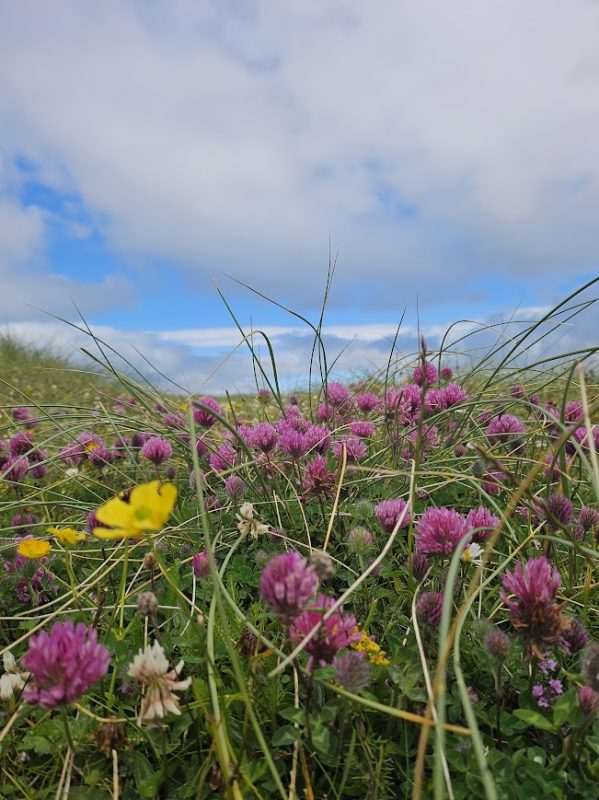
Marvellous machair on Harris
What is machair?
Machair is a Gaelic word meaning fertile low lying grassy plain and it’s the grassy plain behind the dunes, rich in flowering plants. Machair occurs only in north-west Scotland and Ireland, where you find the magic ingredient – shell sand pounded by Atlantic breakers
and blown in by the gales and 70% of this is found on the western coastline of the Western Isles. Machair is only found in north and west Scotland and western Ireland and occurs nowhere else on the globe!
What grows in machair?
Common flowers such as red clover, bird’s-foot-trefoil, yarrow and daisies grow a lot in machair, along with a few rarer species such as lesser-butterfly orchid, Hebridean spotted orchid, marsh orchid. The colours change through the season with yellows dominating at first and then fading into reds, whites, purples and blues.
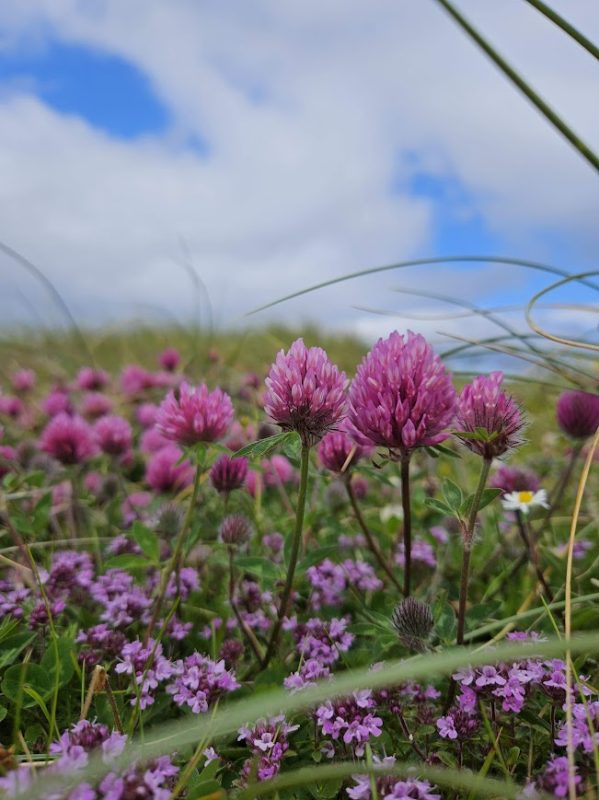
The mix of colours, textures and scent is stunning
Why is it like this?
Sand, largely made up of crushed shells, is regularly blown ashore by Atlantic gales. Over time the calcium rich shell sand and traditional Outer Hebrides crofting land practices have led to the development of a mosaic of fertile Scottish grassland habitats renowned for their Outer Hebrides wildflowers, Western Isles birds and insect life.
What wildlife might you find in the machair?
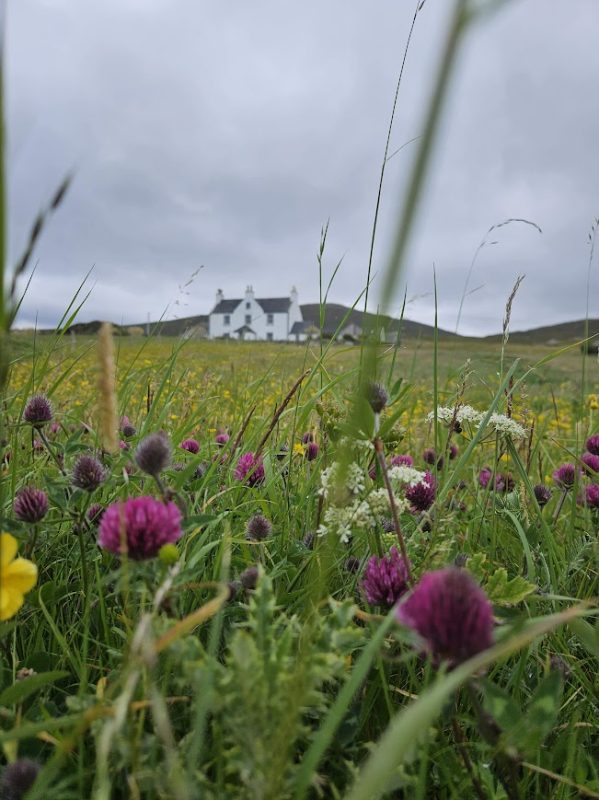
The stunning machair is easily spotted all over the west coast of the Outer Hebrides
The machair bustle with Western Isles bird life at all times of year. Corncrakes and breeding waders are the most distinctive spring arrivals. Large flocks of geese, lapwing and golden plover make this their home in winter. Look out for oyster catchers, corn bunting and much more.
When should you see the machair?
Best seen in spring and summer when the flowers are in bloom. Oh and the scent is sublime too!
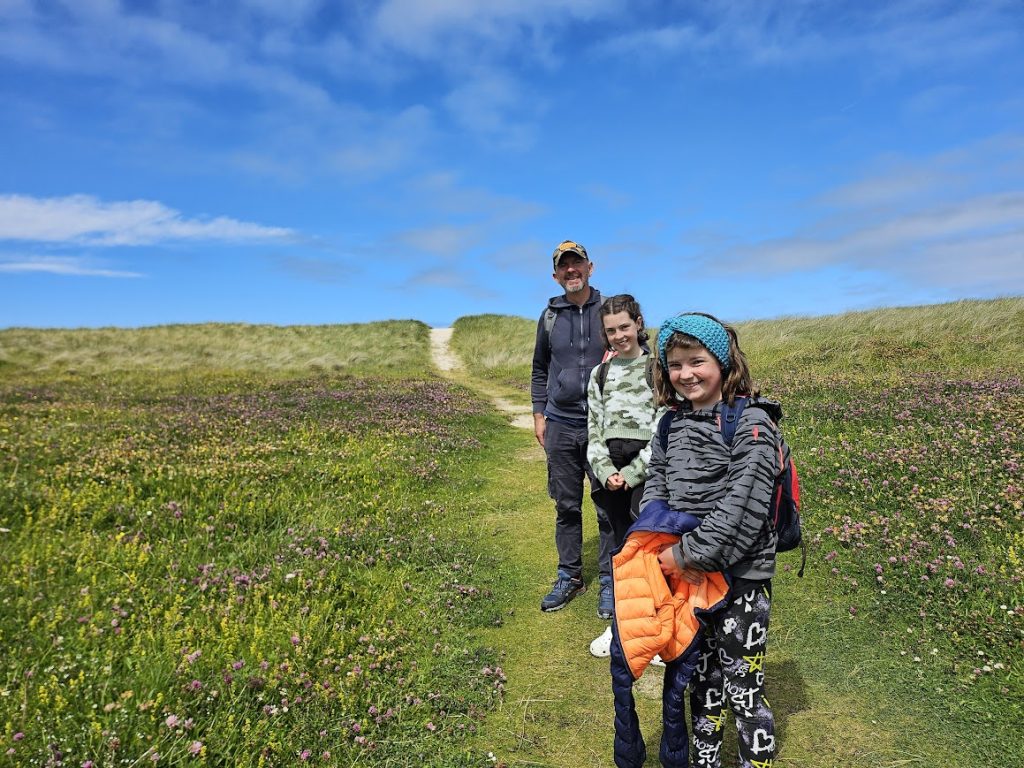
We had a wonderful trip to the Outer Hebrides, we’ll be back!
Did you know?…
Some machairs are threatened by coastal erosion caused by rising sea levels, which is a long term effect of global warming. Others are under pressure due to an increased human recreational activity on nearby beaches.
If you haven’t been, put the Hebrides on your places you must visit.
Vialii












